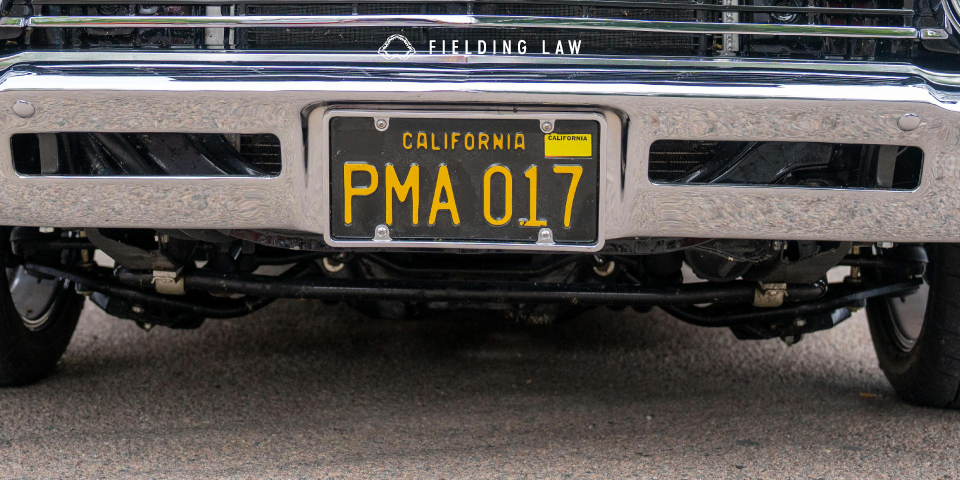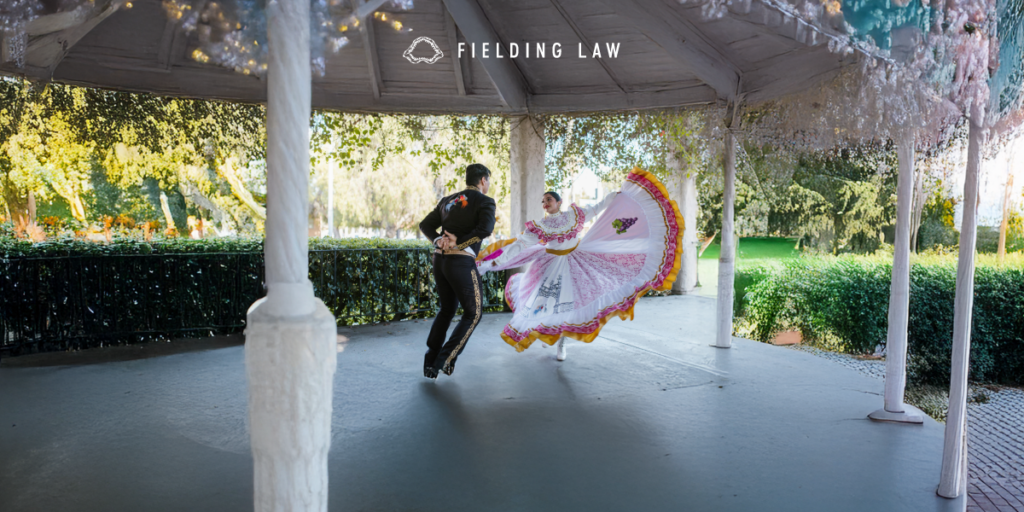
A seatbelt is one of the simplest and most effective features for drivers and passengers, serving as the initial safeguard in the event of a collision. By fitting your body, the seatbelt keeps you safely in place and prevents you from being thrown forward or ejected during sudden stops or crashes. The seatbelt functions by spreading the force from an accident over the stronger parts of your body, instead of allowing it to hit one weak spot, which can cause more harm. Now that we understand how important seat belts are, let’s look at some points you might not know about these protective devices.
1. A Seatbelt Can Reduce Your Risk of Dying
According to the CDC, seatbelts reduce the risk of death by 50% for rivers and front-seat passengers. Despite their proven effectiveness, millions of people still travel without buckling up. Wearing your seatbelt is one of the easiest and most important ways to protect yourself in the event of a crash.
2. Seatbelts Are Stronger Than You Think
Seatbelts are made from strong, tightly woven polyester designed to withstand extreme force. This material resists stretching, holds its shape in a crash, and helps keep passengers secure.
3. The #1 Life-Saving Car Feature
According to the NHTSA, from 2960 to 2012 seatbelts saved more lives than all other vehicle technologies combined, including airbags and energy-absorbing steering systems. Buckling up remains the simplest and most powerful step you can take to stay safe on the road.
4. Think Hips, Not Stomach
Keep the lap belt low on your hips, not across your stomach. This position helps your body absorb crash forces in a safer way and protects your vital organs. Wearing the belt too high can cause serious injuries to your abdominal organs and lower spinal cord.
5. Standardization of Seatbelts
Nash Motors pioneered the use of seatbelts in automobiles, but their practices were considered unpopular, and buyers were ultimately not interested and requested that they be removed. Despite the opposition, Nash paved the way for future safety advancements in automobiles, leading to mandatory seatbelts in 1968.
6. Why Airbags
Airbags cushion and protect occupants by reducing the impact force during a collision. Paired with seatbelts, they are a dynamic team, as the seatbelt keeps you positioned so the airbag can then secure and ease the force of impact
7. Tighten in an Instant
In a crash, the seatbelt adjusts instantly upon impact to remove any slack and ensure a snug fit. This way, the passenger is protected and increases their chances of non-injury and life expectancy in a crash.
Why Hire Fielding Law
At Fielding Law, we understand how frustrating it is when accidents are caused by someone else’s negligence. One thing you have power over is how you protect yourself, and a seatbelt is the best way you can do this. If you or a loved one has been in an accident, call 833.88.SHARK to speak with an experienced and caring attorney today. Your consultation is free, and our team is here to support you.
Note: Information provided is for educational purposes and does not constitute legal advice. Always consult with a qualified attorney for legal concerns.
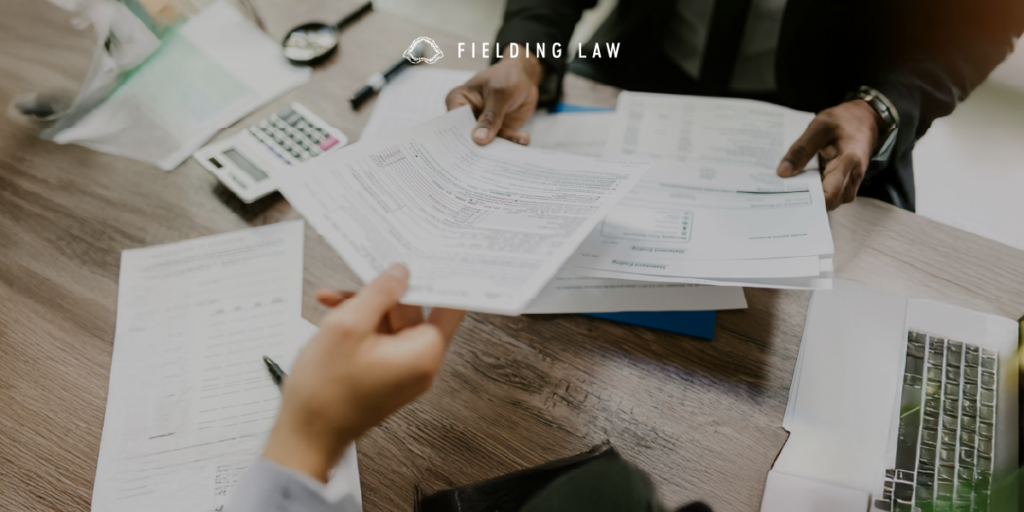

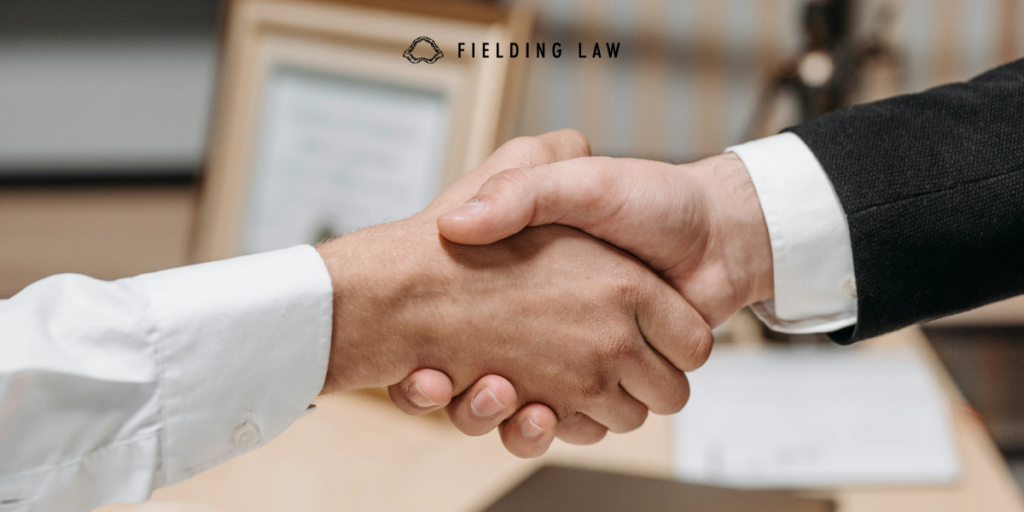

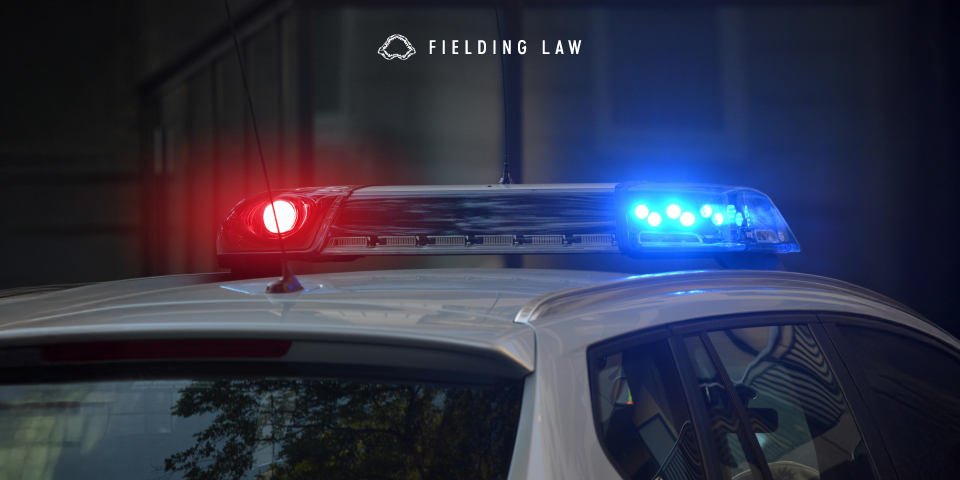
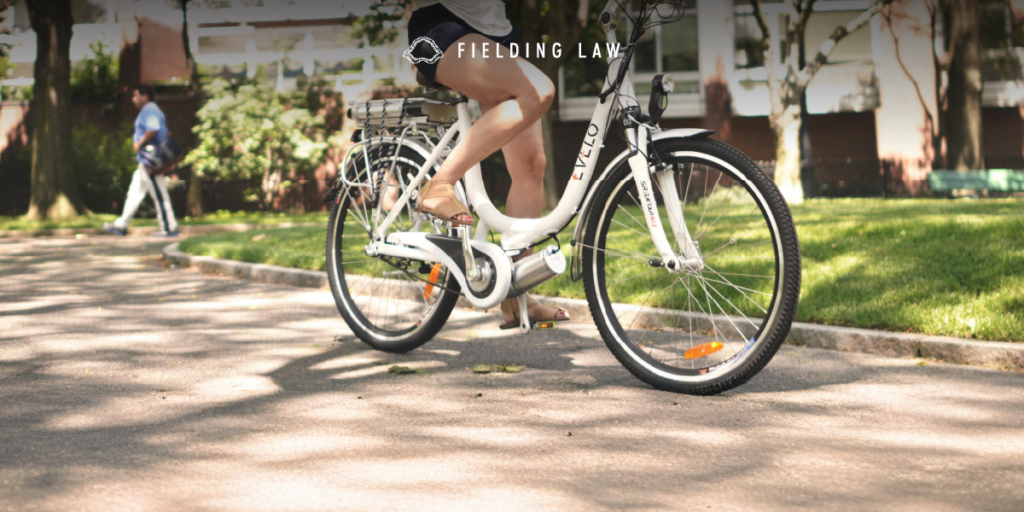
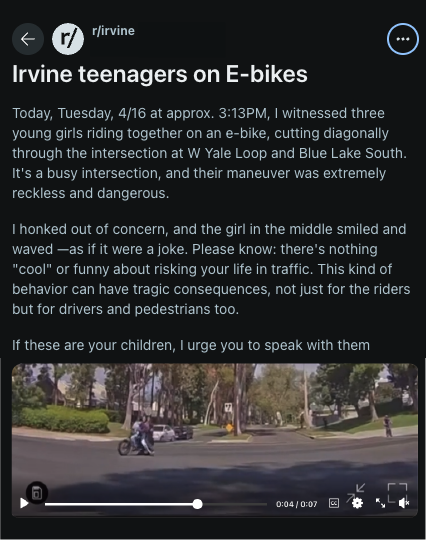 Reckless E-Bike and E-Scooter Behavior Raises Concerns
Reckless E-Bike and E-Scooter Behavior Raises Concerns